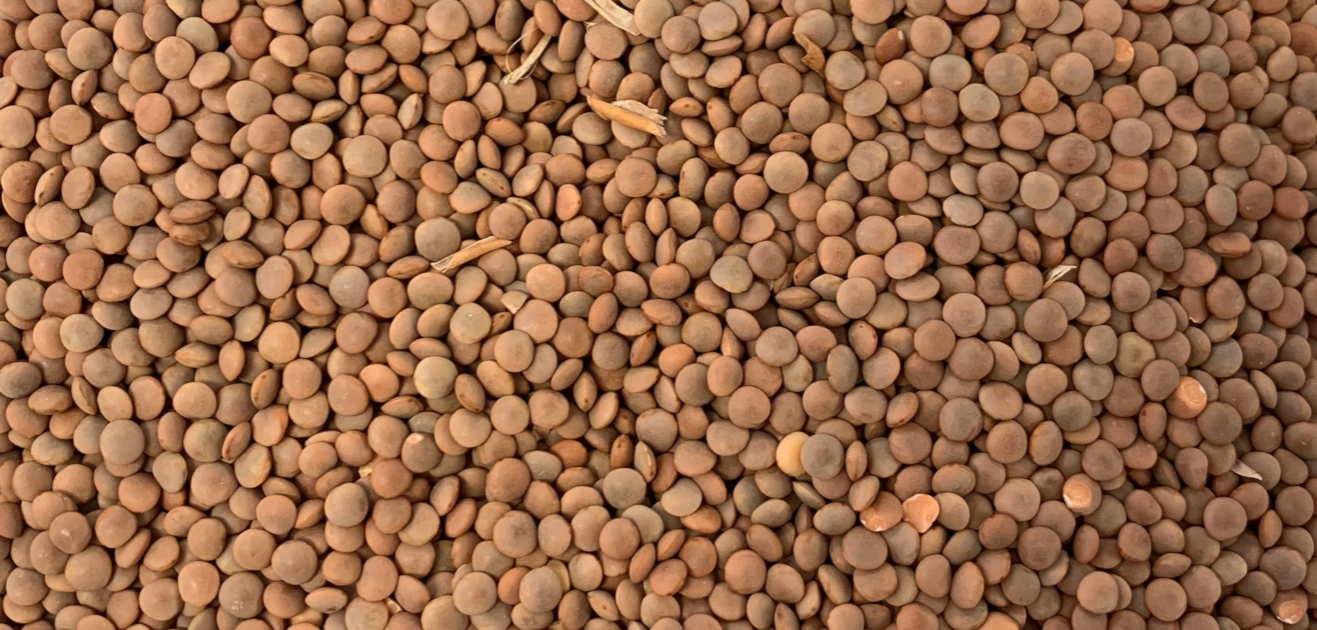
Grain Snippet: Lentils Drift Lower on Improving Production Prospects
Lentil prices across SA and Vic have continued their drift lower over the last month as large anticipated 25/26 production forecasts weigh on the market. Bids on a delivered Adelaide or Melbourne port basis have fallen around $10/MT to $760/MT for nipper-type lentils. In contrast, bids were just above $800/MT in early June. To start the month of August, the price slip on lentils slowed somewhat as the Aussie dollar broke from its prior uptrend. The currency decline helped prevent more extensive losses on Aussie lentils in AUD terms.
Of particular note, late June and July finally saw some season-changing rainfall through key lentil regions of south-eastern Australia which raised yield prospects for the season. Whilst the crops are still far from being realised, the prior drought premium that was embedded in the market has eroded. Despite crops staggering behind by 3-5 weeks due to late sowing and low rainfall for most of 2025 to-date, soil moisture across the western EP and Mid-North of SA is now above average. The Mallee region and Vic Wimmera district have started to improve from recent showers, with limited moisture reserves starting to recover. Furthermore, the spring outlook is erring on the side of favourable for rainfall through these same regions.
July was also beneficial for swathes of Saskatchewan in Canada, the province that makes up nearly 90% of Canada’s lentil production. Crop conditions were reported at 75% good-to-excellent as of late-July, up 16 points from the mid-season low of 59% and 7 points better than the same time last year. Low moisture persists in some southern parts of Saskatchewan and there are far deeper deficits in the north-east which impacts cereals more than lentils.
With Australia’s national lentil area increase of an estimated 10% y/y, production prospects were already sitting at over 1MMT with yield forecasts well below average. Now that we’ve finally seen some rain, the ABARES’ lentil production forecast of 1.5MMT may be realised which would result in a 20% increase y/y. A kind spring would likely see this figure revised higher. Meanwhile, the stabilising rains through much of the lentil-growing regions of Canada put their current lentil crop estimates between 2.33-2.46MMT which is similar to last year.
With the major lentil exporters (Canada and Australia) in a recovering production position, lentil markets have eased concerns of tight global stocks. Furthermore, it is forecast that India’s lentil demand for 25/26 will be lower; a combination of increased domestic pulse stocks and significant declines in food price inflation have lowered the impetus for large lentil imports. As a far cheaper substitute in the pulse complex, India is more likely to receive yellow peas, a pulse that is in high supply for 25/26 from each Canada and Russia.
As another key proponent of the pulse complex, India’s pigeon pea crop is nearing planting completion under good monsoon conditions. Harvest for this crop will occur between Oct-Dec, coinciding with the Aussie lentil harvest. Meanwhile, Canada’s lentil harvest normally occurs between late Aug-Sep. The pulse market will remain subject to volatility if any of these respective upcoming harvests fail to meet the current market’s expectations.
This is a sample only, if you would like to view the entire document and our recommendations, please contact CloudBreak to discuss becoming a member on (08) 8388 8084.


